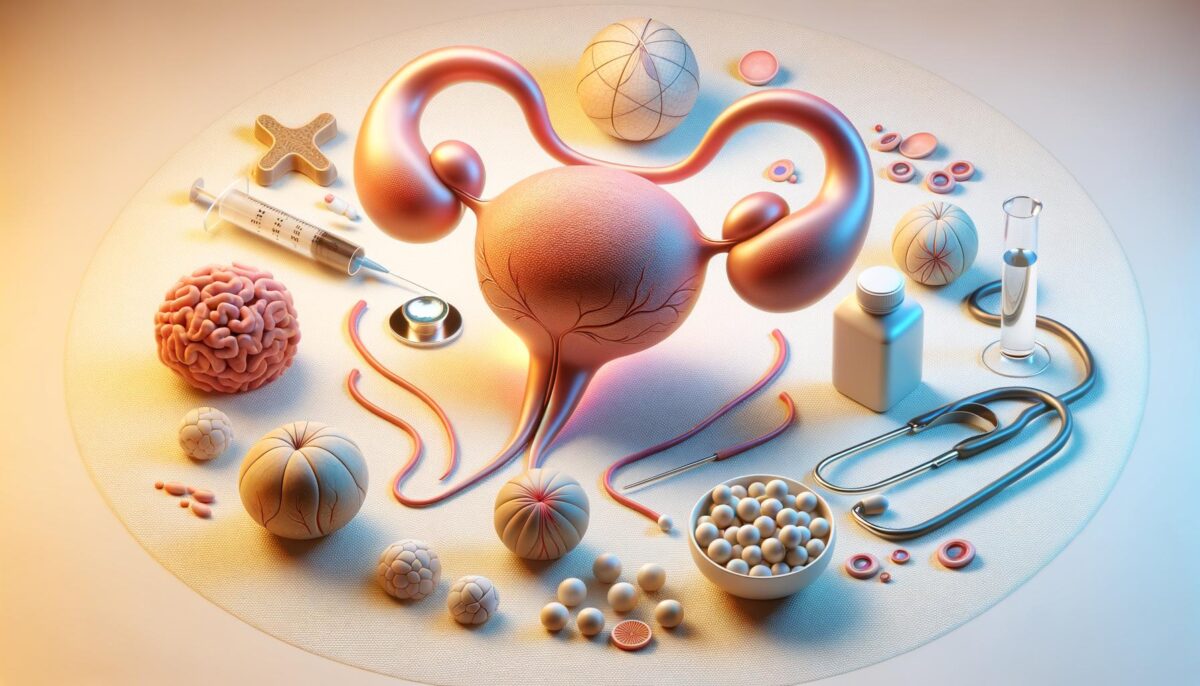Exploring the Basic Treatment Modalities
When diagnosed with bladder cancer, understanding the available treatment options is crucial. These treatments often depend on multiple factors, including the cancer stage, the patient’s age, and overall health. One of the most recognized treatments is surgery, which ranges from removing tumors to more extensive procedures that involve parts of the bladder. Another common approach includes chemotherapy, used either before surgery to shrink tumors or after, to eliminate any remaining cancerous cells. For individuals where surgery isn’t feasible, systemic therapies can be a promising alternative. These include immunotherapy, which harnesses the body’s immune system to fight cancer cells. While exploring options, recognizing the early signs of bladder cancer can significantly impact the treatment approach, potentially catching the disease in more manageable stages.
Surgery: A Cornerstone of Treatment
Surgical intervention remains a key component in treating bladder cancer. The type of surgical procedure a patient may undergo varies based on the cancer’s advancement. The most common surgical approaches include:
- Transurethral Resection of Bladder Tumor (TURBT): Typically used for early-stage bladder cancer, this involves removing cancerous tissues through the urethra.
- Partial Cystectomy: Involves removing a section of the bladder, often sparing bladder function.
- Radical Cystectomy: Entails the removal of the entire bladder and surrounding lymph nodes, opting for reconstruction surgeries to create a new pathway for urine extraction post-surgery.
Discussing these options with healthcare providers helps in tailoring the right surgical intervention, ideally before presenting more pronounced early signs bladder cancer.
Chemotherapy: Systemic Cancer Control
Chemotherapy plays a pivotal role, particularly for patients whose cancer is aggressive or at an advanced stage. Administered either intravenously or orally, chemotherapy targets and kills rapidly growing cancer cells. It can be employed in different contexts:
- Neoadjuvant Chemotherapy: Administered before surgery to shrink tumors, making surgical removal more effective.
- Adjuvant Chemotherapy: Used post-surgery to eradicate any residual cancer cells, reducing recurrence risk.
- Intravesical Chemotherapy: Directly injected into the bladder for non-invasive cancers, delivering high concentration medicine directly to the target area.
Despite its efficacy, chemotherapy presents side effects that require consideration and medical management. Measuring the occurrence of early signs bladder cancer prior to widespread cell colonization allows for potential containment with chemotherapy.
Immunotherapy: Boosting the Body’s Defenses
Recent advancements have brought immunotherapy into the spotlight as a commendable treatment option. Unlike traditional methods, immunotherapy enhances the body’s immune response against cancer cells. For bladder cancer, Bacillus Calmette-Guérin (BCG) therapy is notably effective for superficial bladder cancers. Patients with more advanced stages may benefit from checkpoint inhibitors that block the proteins helping cancer fend off the immune system’s attacks. Recognizing early signs bladder cancer and initiating immunotherapy accordingly can complement other treatments, enhancing overall efficacy and preserving bladder health.
Palliative Care and Supportive Therapies
While traditional treatments target cancer eradication, palliative care focuses on improving the quality of life by managing symptoms and side effects. Complementary therapies such as acupuncture, nutrition counseling, and physical therapy are integral in a comprehensive care plan. Keeping attentive to early signs bladder cancer ensures these supportive measures are applied in tandem with medical treatments, catering to holistic well-being. Engaging in support groups and counseling also provides emotional resilience and aids recovery.
Conclusion: Navigating Your Path Forward
Bladder cancer treatment encompasses a spectrum of methods aimed at not only combating the disease but also preserving patient quality of life. By understanding and exploring these treatment avenues, patients, alongside their healthcare providers, can choose the most suitable path. Recognizing early signs bladder cancer remains pivotal in deciding timely interventions, thereby improving outcomes. With evolving research and personalized care, hope remains abundant for those navigating this journey, providing various avenues for relief and recovery.
